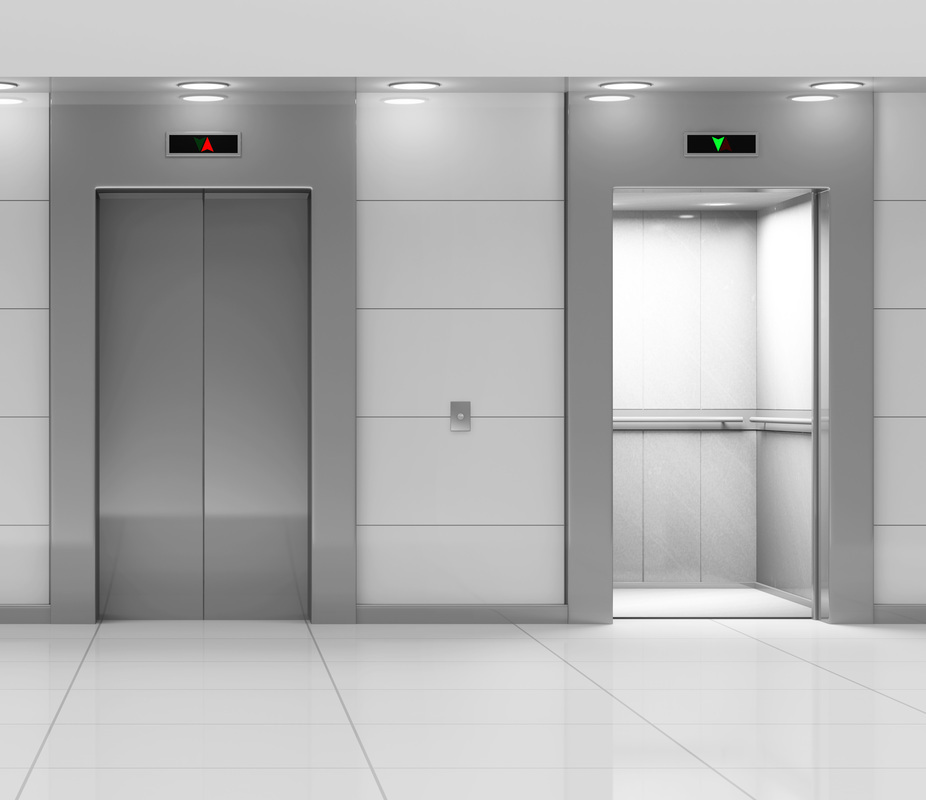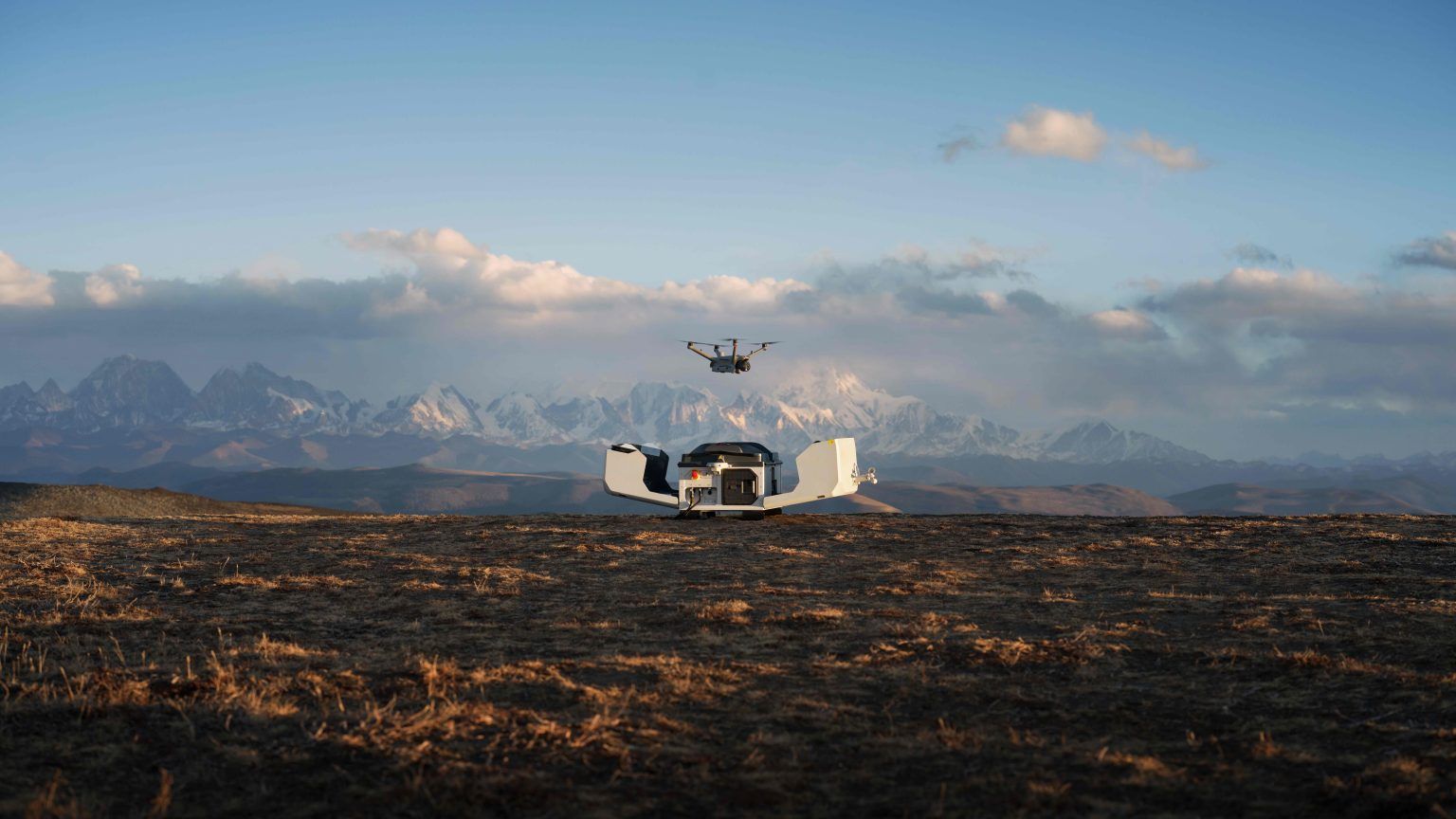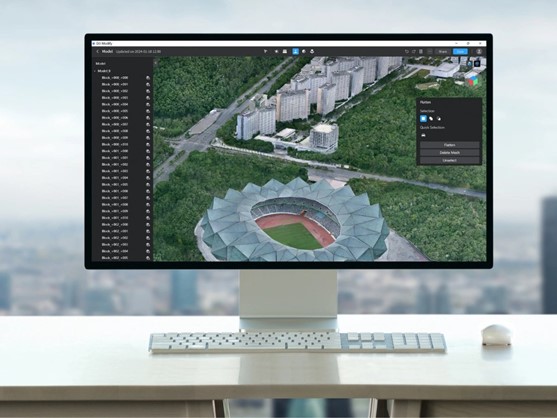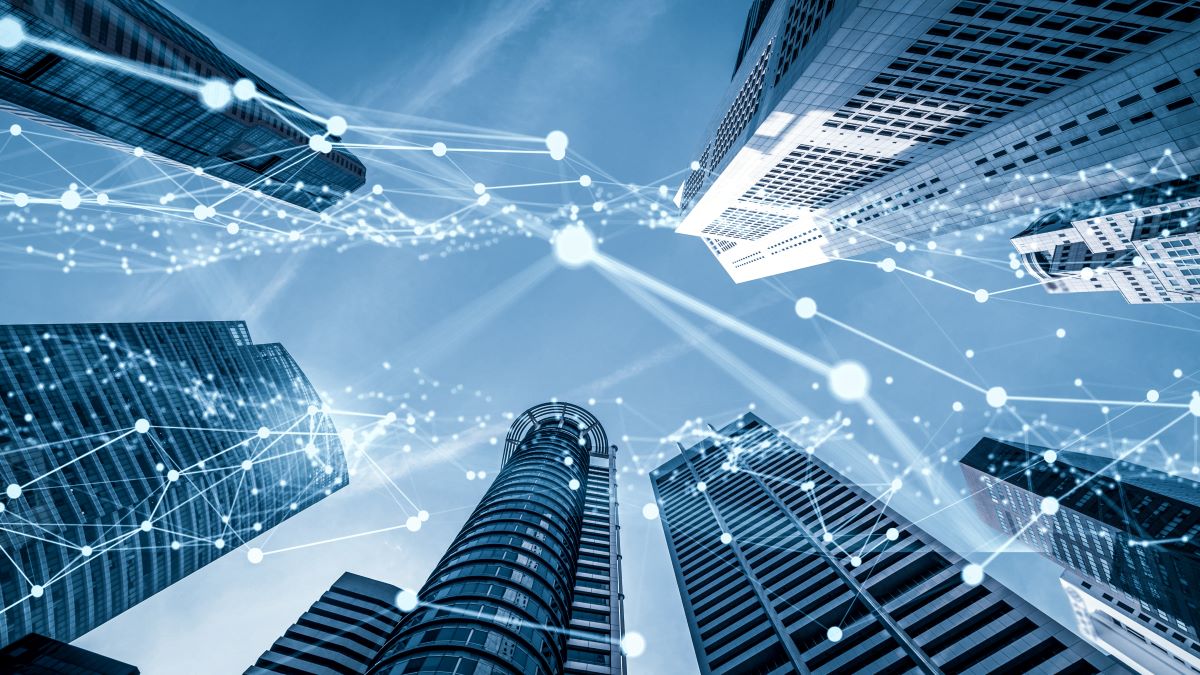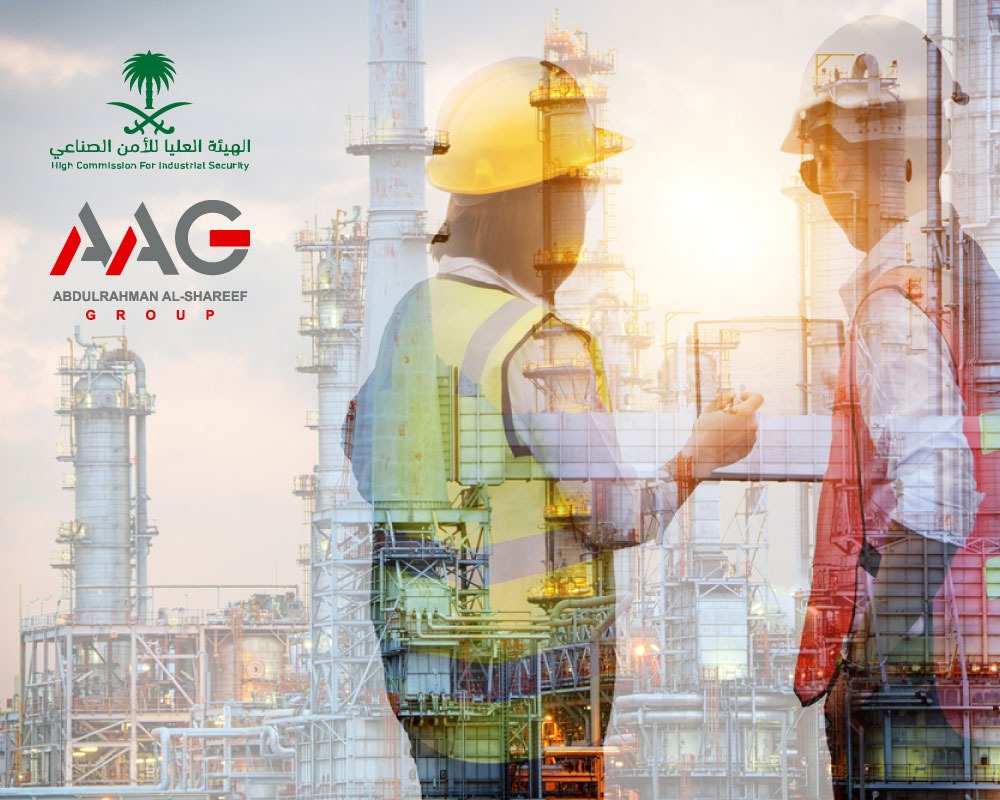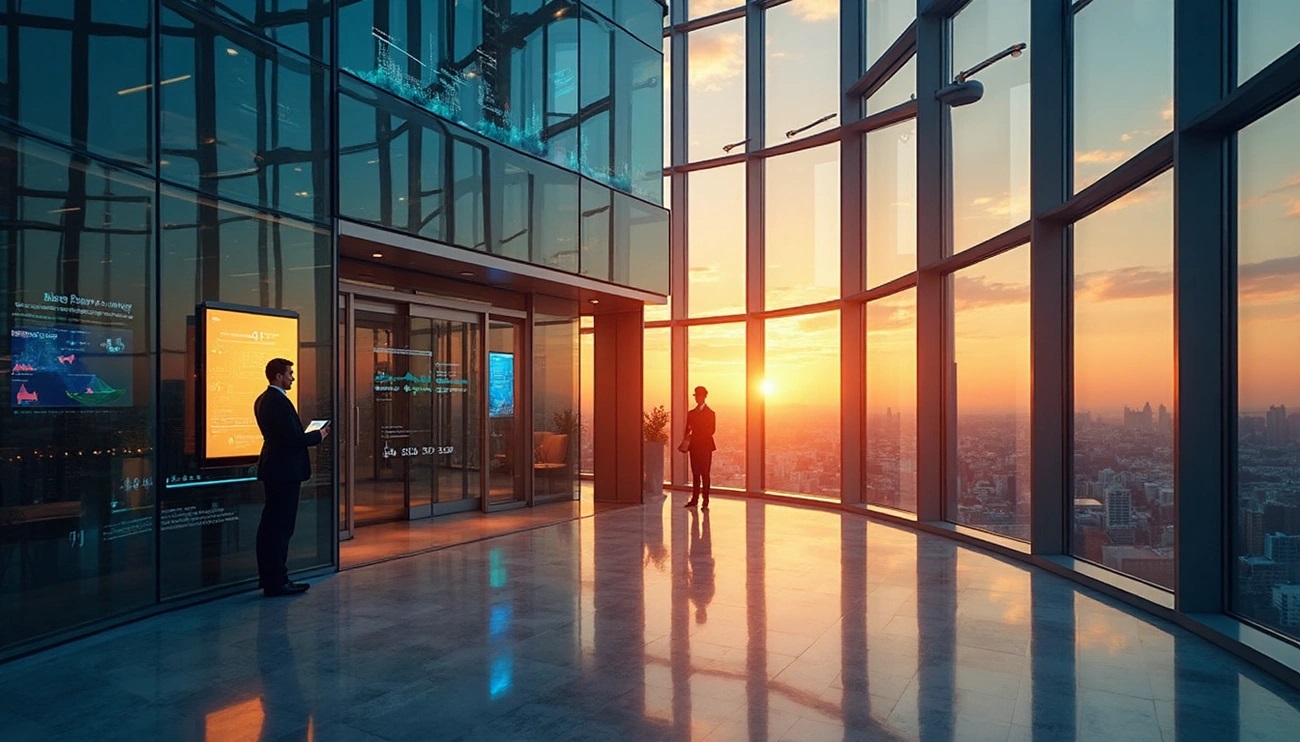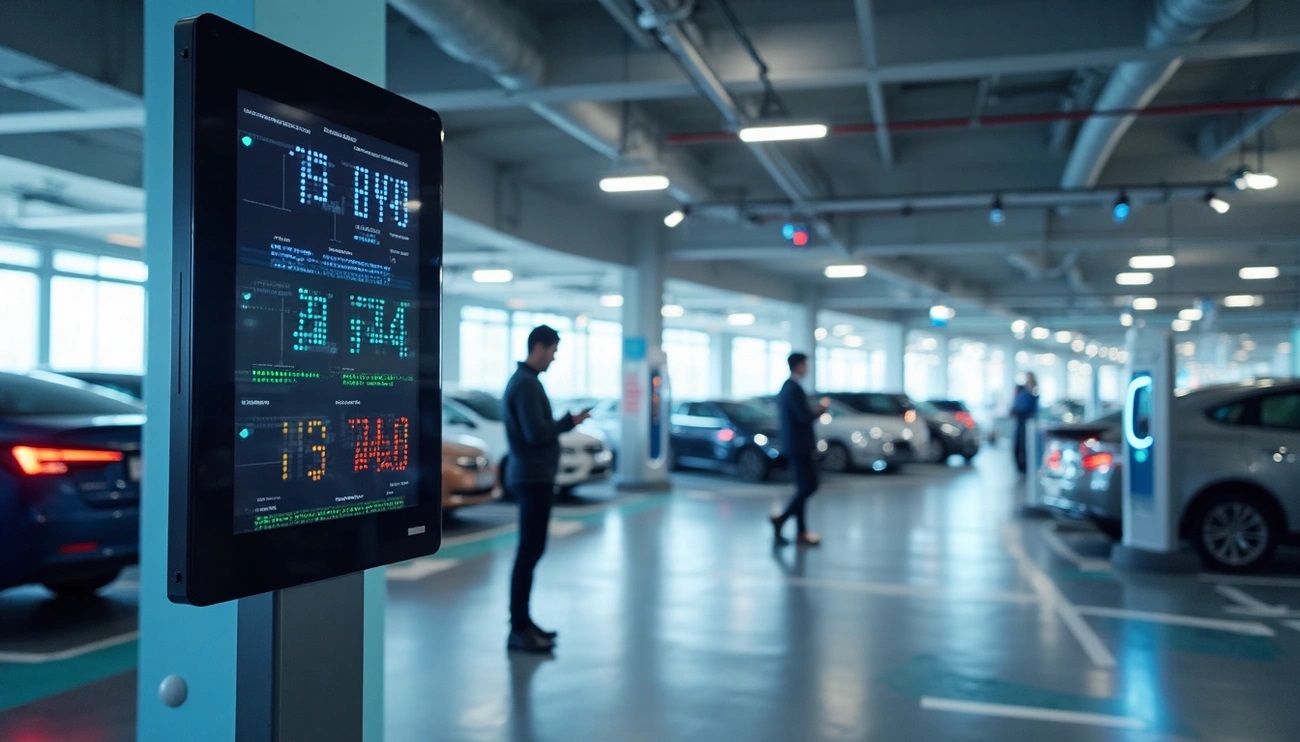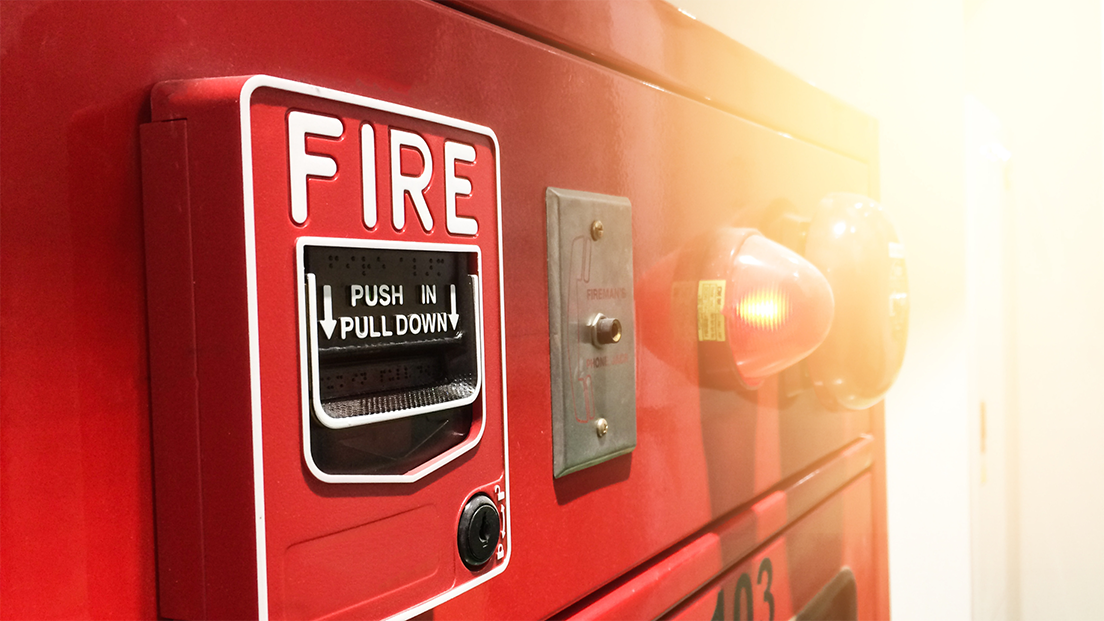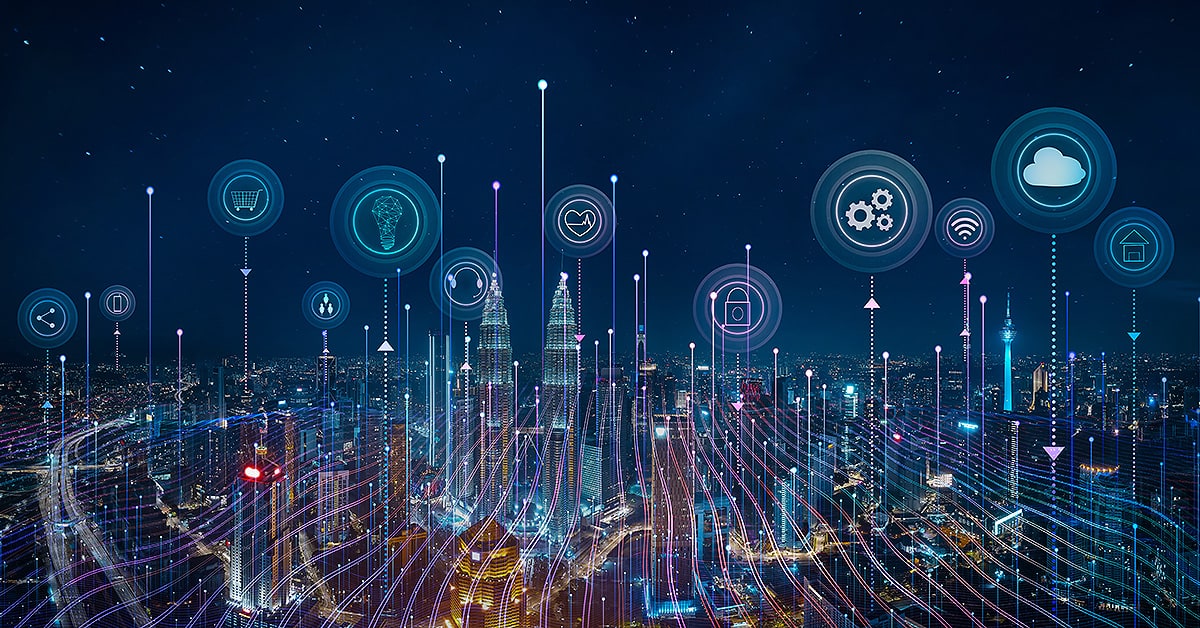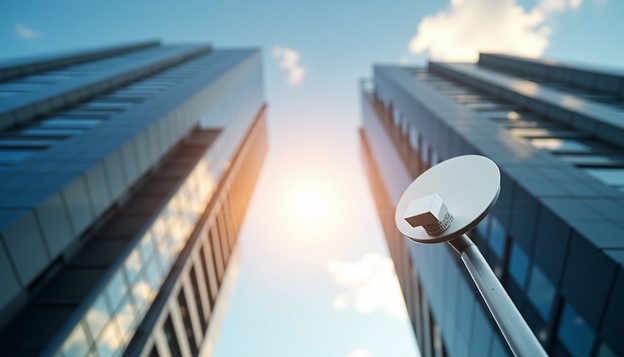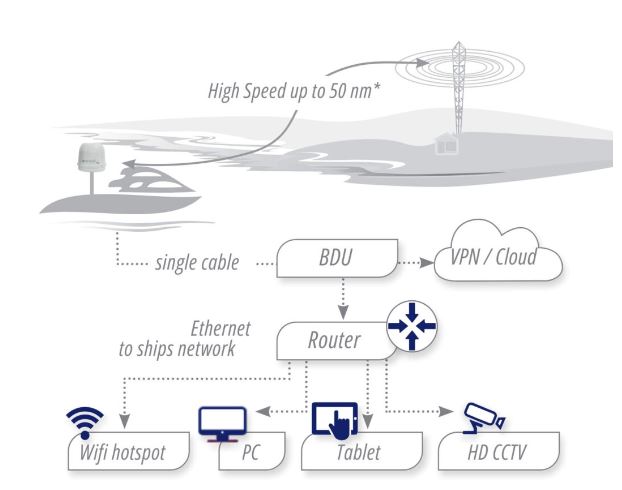Vertical transportation has become an essential aspect of modern urban landscapes. As cities continue to grow vertically, the need for efficient and reliable methods of transporting people and goods between floors has become paramount. Elevators have played a pivotal role in this transformation, revolutionizing the way we navigate tall buildings and shaping the skylines of our cities.
The History and Evolution of Elevators
The history of elevators dates back thousands of years, with the ancient Greeks and Romans using primitive lifting mechanisms powered by human or animal labor. However, it wasn’t until the 19th century that elevators as we know them today began to emerge. The invention of the steam-powered elevator by Elisha Otis in 1852 marked a significant milestone in the evolution of vertical transportation. Otis’s safety brake revolutionized the industry, making elevators safer and more reliable.
Over the years, elevators continued to evolve, incorporating various technologies such as hydraulic systems, electric motors, and computerized controls. The introduction of high-speed elevators in the late 20th century further revolutionized vertical transportation, allowing for faster travel between floors and enabling the construction of even taller buildings.
The Importance of Elevators in Urban Landscapes
In today’s urban landscapes, elevators are indispensable. They provide vital access to different levels of buildings, making them accessible to all individuals, regardless of their mobility. Without elevators, navigating tall buildings would be a daunting task, limiting their functionality and accessibility.
Moreover, elevators play a crucial role in the efficient use of space in urban areas. By enabling vertical growth, they allow cities to accommodate more people and businesses within a smaller footprint. This vertical expansion enhances urban density, which is essential for sustainable development and reducing urban sprawl.
Advantages of Vertical Transportation
Vertical transportation offers numerous advantages that contribute to the vitality of urban landscapes. Firstly, it allows for efficient use of space, maximizing the potential of buildings and reducing the need for sprawling horizontal expansion. This, in turn, helps to preserve valuable land and protect natural environments on the outskirts of cities.
Secondly, vertical transportation enhances accessibility and inclusivity. Elevators provide equal opportunities for individuals with mobility challenges or disabilities to access all levels of a building. This fosters a more inclusive society and ensures that everyone can participate fully in urban life.
Additionally, vertical transportation improves efficiency and productivity in urban environments. By enabling swift movement between floors, elevators reduce the time wasted on traversing staircases and corridors. This time-saving aspect is particularly beneficial in commercial buildings, where quick access to different levels is essential for businesses to thrive.
Types of Elevators Used in Urban Buildings
Various types of elevators are used in urban buildings, each designed for specific requirements and building configurations. Traditional traction elevators, commonly found in medium to high-rise buildings, use a system of ropes and counterweights to move the elevator car. These elevators provide a smooth and comfortable ride, making them suitable for a wide range of applications.
Hydraulic elevators, on the other hand, are commonly used in low-rise buildings. They rely on hydraulic pistons to move the elevator car and are known for their reliability and energy efficiency. Hydraulic elevators are ideal for buildings with fewer floors and lower traffic volumes.
In recent years, machine-room-less (MRL) elevators have gained popularity due to their compact design and flexibility. MRL elevators eliminate the need for a separate machine room, making them suitable for buildings with limited space. They often utilize gearless traction systems, providing a smooth and efficient ride.
Elevator Maintenance and Safety
Ensuring the proper maintenance and safety of elevators is of utmost importance. Regular maintenance and inspections help identify potential issues before they become major problems, ensuring the safe and reliable operation of elevators. Elevator technicians perform routine checks on various components such as cables, brakes, and control systems to ensure optimal performance.
Safety features such as emergency brakes, door sensors, and interlocks are integral to elevator systems. These features are designed to prevent accidents and protect passengers in the event of an emergency. Regular safety inspections and compliance with building codes and regulations are essential to maintain a safe and secure vertical transportation system.
Sustainable and Energy-Efficient Elevator Systems
As sustainability becomes increasingly important in urban development, elevators are also evolving to become more environmentally friendly. Energy-efficient elevator systems utilize regenerative drives, which capture and convert energy generated during braking into electricity. This energy is then used to power other building systems or returned to the grid, reducing overall energy consumption.
Furthermore, elevator manufacturers are exploring innovative materials and technologies to reduce the carbon footprint of elevator production and operation. From using lightweight materials to implementing intelligent control systems that optimize energy usage, sustainable elevator solutions are playing a significant role in creating greener urban landscapes.
Innovations in Elevator Technology
Innovation in elevator technology continues to push the boundaries of what is possible in vertical transportation. Smart elevators equipped with artificial intelligence and IoT connectivity are revolutionizing the industry. These elevators can analyze data in real-time, optimizing travel patterns, energy usage, and maintenance schedules. They can also provide a personalized experience for passengers by adapting to their preferences and needs.
Another notable innovation is the development of ropeless elevators. These elevators utilize magnetic levitation technology, allowing multiple cabins to move vertically and horizontally within a building. This breakthrough technology increases transport capacity and efficiency, further enhancing the role of elevators in urban development.
The Future of Elevators in Urban Development
The future of elevators in urban development looks promising. As cities continue to grow vertically, elevators will play an even more significant role in shaping our urban landscapes. Advancements in materials, energy efficiency, and artificial intelligence will continue to drive innovation in elevator technology, enhancing safety, sustainability, and user experience.
We can expect to see elevators seamlessly integrated into smart cities, with interconnected systems that optimize travel routes, reduce energy consumption, and enhance passenger comfort. The vertical transportation of the future will be more efficient, accessible, and environmentally friendly, contributing to the creation of vibrant and sustainable urban environments.
Conclusion: The Indispensable Role of Elevators in Ascending Urban Landscapes
In conclusion, elevators have become an indispensable part of ascending urban landscapes. They have revolutionized the way we navigate tall buildings, enabling efficient use of space and enhancing accessibility. Elevators have evolved significantly over time, incorporating cutting-edge technologies and safety features.
Advantages of vertical transportation include efficient space utilization, enhanced accessibility, and improved productivity. Different types of elevators cater to various building configurations, ensuring a tailored solution for each project. Proper maintenance and safety measures are essential to ensure the reliable and secure operation of elevators.
Sustainable and energy-efficient elevator systems are paving the way for greener urban landscapes. Innovations in elevator technology, such as smart elevators and ropeless systems, are transforming vertical transportation. The future of elevators in urban development holds great promise, with continued advancements that will shape the skylines of our cities.
Abdulrahman Al-Shareef Group stays at the forefront of technological advancements in the elevator industry. We offer comprehensive elevator maintenance solutions tailored to the unique needs of each client. Reach for us for any inquiry in elevator maintenance.

